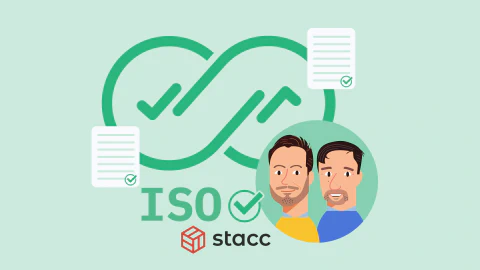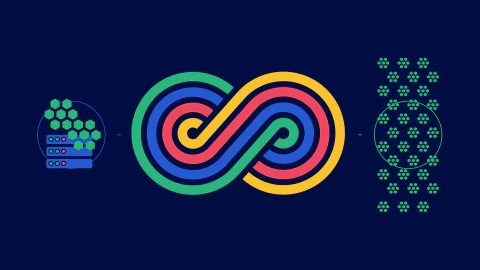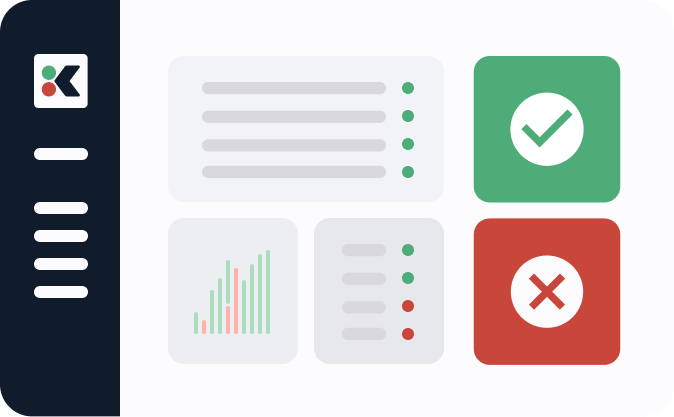The Continuous Compliance content hub is a set of guides for DevOps teams who need to move fast while remaining in compliance for audit and security purposes.
We know that the old change management processes for software releases that happened once every 6 months don’t scale for DevOps teams who want to deploy every day. This is where Continuous Compliance comes in. You can deploy software freely to production with compliance baked into every change and these resources are designed to help you do that.
Topics range from understanding existing tools in the space to the demands of SOC2 and ISO27001, and the increasing relevance of FedRAMP and NIST. The guides also offer some of our own thought leadership on these topics based on years of DevOps consulting in highly regulated industries.
We encourage you to share these resources with your colleagues - especially those who believe that software can’t be released to production without CAB meetings and pen and paper signatures. We know that automation provides us with the best of both worlds - speed and compliance - and our customers in regulated industries agree with us.
If you want to unlock the benefits they enjoy check out our Audit and Compliance solution. Meanwhile, dig into our guides below.
Does your team struggle with software audits? Is it a mess of screenshots and spreadsheets?
Learn how to automate it

What is Continuous Compliance?
As the pace of software delivery accelerates, traditional compliance methods hinder progress. We advocate for integrating compliance into the DevOps workflow, transforming it into a continuous, automated process. This approach aligns and follows on from agile and continuous delivery and other modern software development practices, ensuring faster, safer releases while fulfilling regulatory obligations, particularly in safety-critical environments like fintech or healthcare. It’s a strategic shift, emphasizing automation and culture to maintain compliance without sacrificing speed. Because you can go faster, and be safer!
- Introducing Continuous Compliance with Kosli
- How to deliver software with Continuous Compliance
- How To Release Compliant Software on Demand

Continuous Compliance tooling
There is a growing need for compliance tools due to increased complexity in software delivery combined with growing cybersecurity threats and evolving industry standards. A suite of new SaaS products has emerged to help teams navigate their way through standards like SOC2 and ISO27001. In this piece we take a look at Vanta and other competitors in the space, assessing their capabiltities so you can make the right choice for your organization.
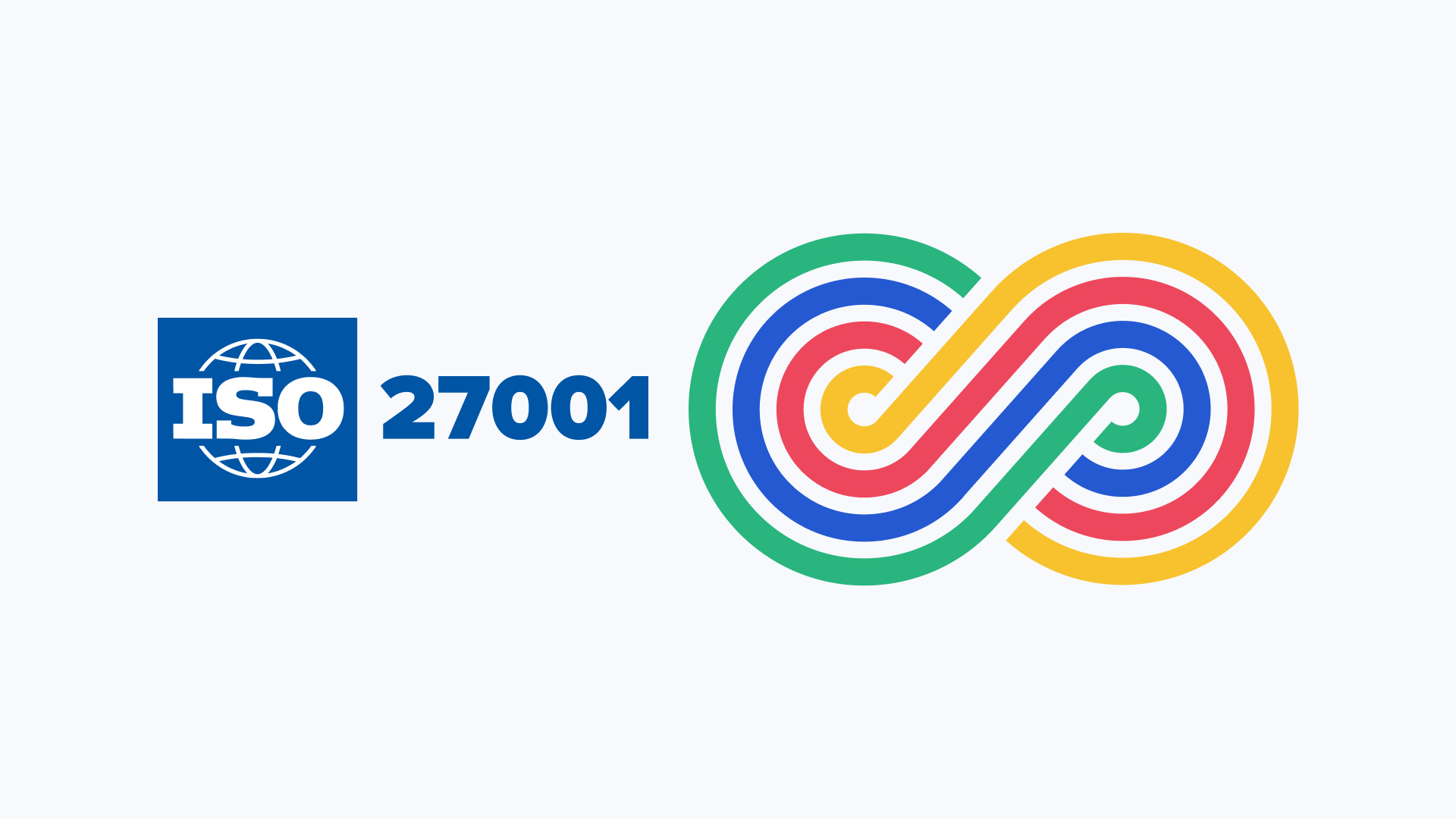
Continuous Compliance for ISO27001 (and SOC2)
For CTOs and DevOps engineers that want to achieve and maintain ISO 27001 (and SOC2) compliance without ruining their beautiful automation or bogging their devs down in manual processes. In these guides we look at risk management, outline key steps for compliance, and address common challenges for integrating these processes into your DevOps practices. We also include a case study that describes how one of our customers passed ISO27001 without disrupting the varied tool stacks and CI pipelines in their organization.
- ISO 27001 Compliance: Everything You Need to Know
- Help, we’re doing ISO27001! Why, what, and how
- How Stacc passed their IS027001 audit without disruption or paperwork
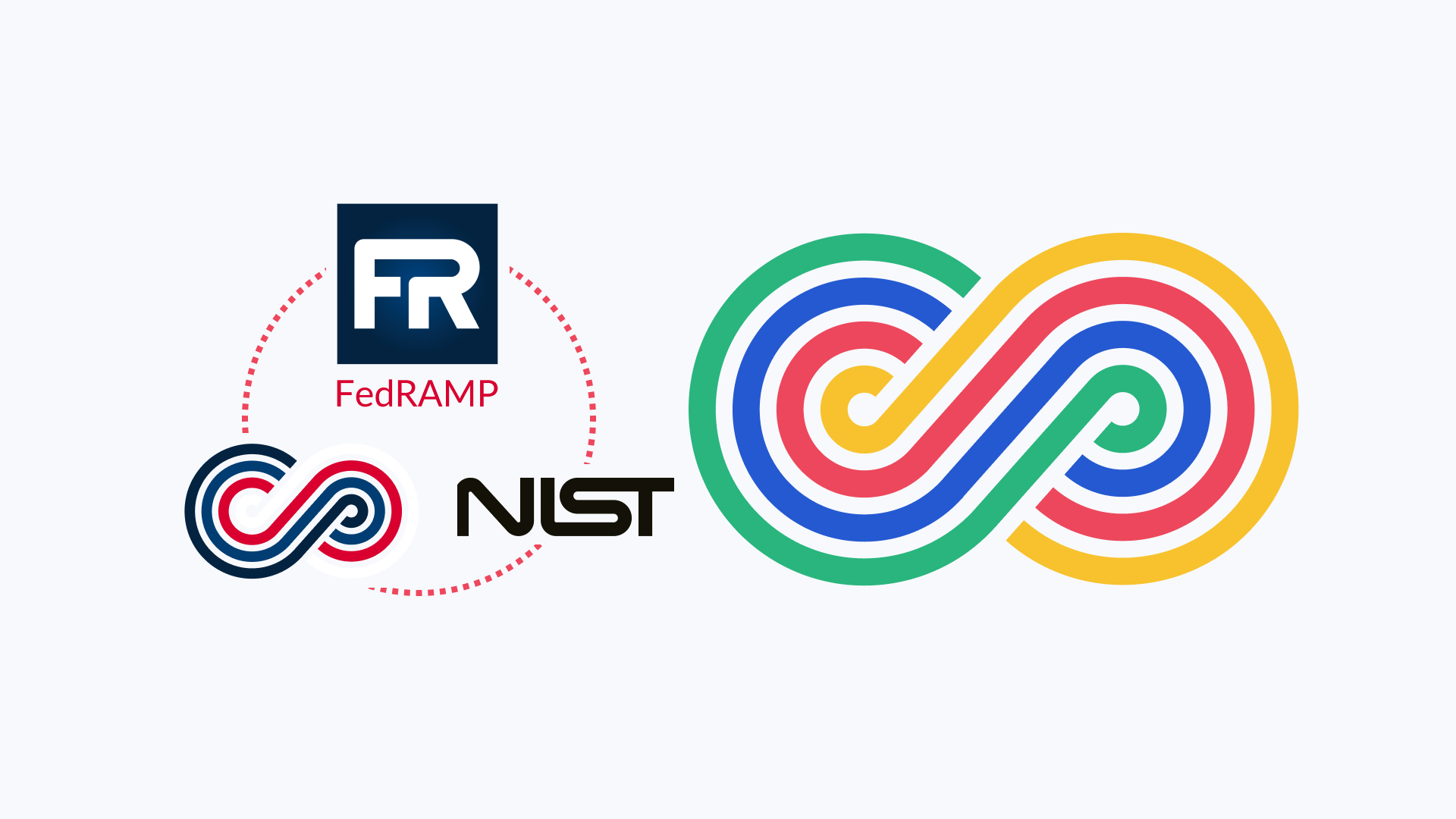
Continuous Compliance for FedRAMP and NIST
These guides clarify the roles of FedRAMP and NIST in ensuring safe and secure cloud-based solutions for government agencies. They cover the complexities of compliance, emphasizing the importance of continuous monitoring and documentation in meeting these rigorous standards. It’s an essential read for CTOs and DevOps engineers looking to understand and navigate the intricacies of federal security requirements.
- Demystifing FedRAMP and NIST for Continuous Compliance
- How to achieve compliance with FedRAMP Continuous Monitoring
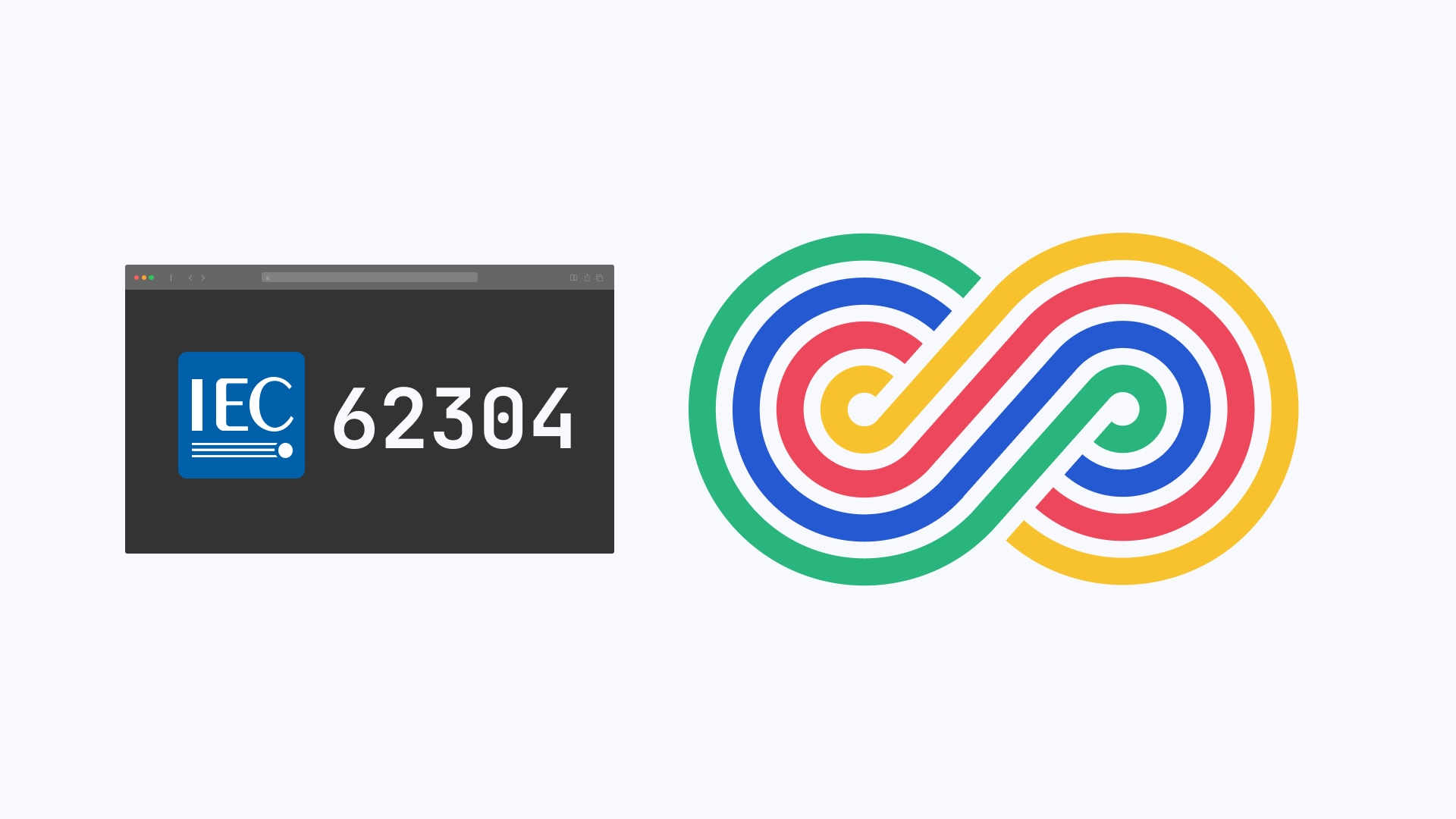
Continuous Compliance for IEC62304
Everything CTOs and DevOps engineers need to know to guide them through the complexities of complying with standards like IEC 62304, essential for medical software development. The article covers validation and verification processes, emphasizes the importance of a Quality Management System (QMS), and explores various international standards and regulations. We’ve spoken to experienced people at medical device companies who are convinced that IEC62304 and FDA apprval require wet signatures. This is simply not true. Read on the discover more.


